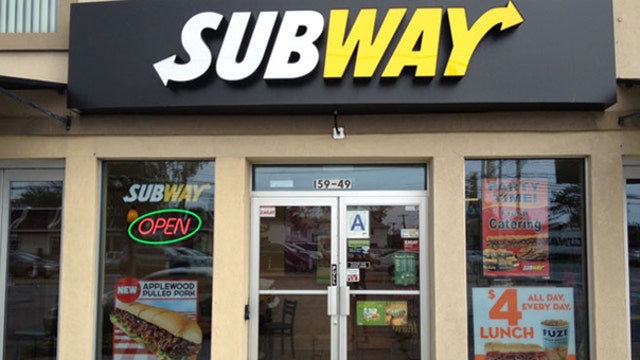Franchising these fast food restaurants might not be as profitable as you think
With high initial investment costs and liquid asset requirements, franchising most of America’s most popular fast food chains such as McDonalds, Subway and Taco Bell require a substantial financial risk.
The low cost of franchising other restaurants, such as Chick-fil-A, increase competition to the point where very few applicants are ever approved. These low costs are also often a function of the fact that the main company owns most of the restaurant’s assets and leases them out, making franchisees less like owners and more like operators.
So with such a large financial commitment, how much profit do franchise owners actually take home?
While the answer to this questions depends on numerous factors, such as the popularity of the specific restaurant and the sheer number of restaurants that the franchisee owns, the typical franchisee is not bringing in a large annual profit.
In previous years, reports have found that average pre-tax income for franchisees in the food and beverage industry is roughly $90,000. While this is higher than the average salary in the U.S., it’s comparatively small compared to the millions of dollars in start-up costs that most franchises require, and monthly payments on any borrowed money would certainly eat into this profit margin.
So before jumping into this business, carefully consider the significant financial costs associated with running a franchise.




















